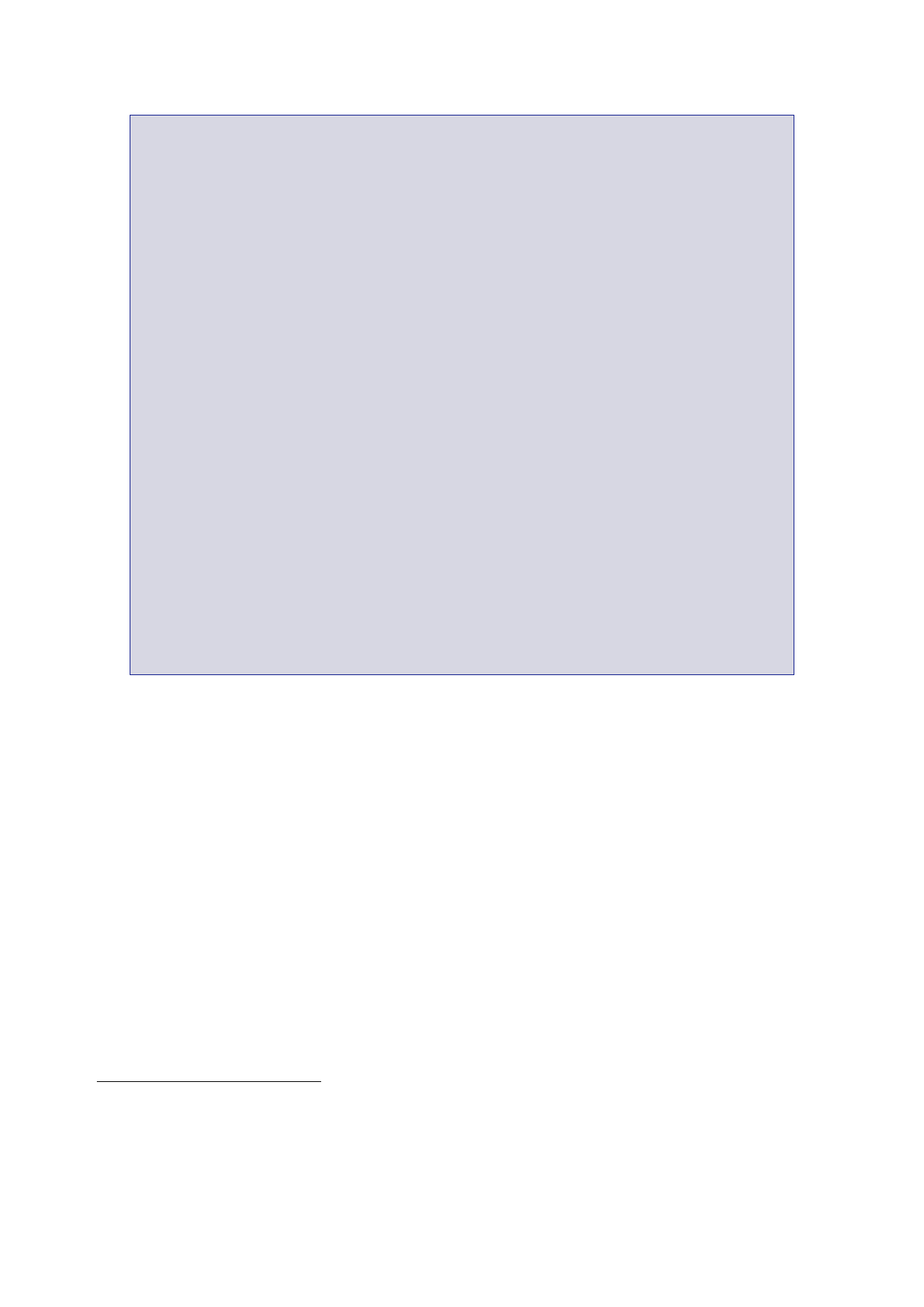
The Report
of the Iraq Inquiry
On
7 April, The New
York Times reported
that US troops had found several drums near
Karbala
that might contain nerve agents and mustard gas.21
Mr Hoon’s
Private Office informed No.10 that initial US tests had “indicated
the presence
of nerve
and blister agents, but the chemicals could yet prove
innocuous”.22
Four
duplicate sets of samples would be taken from the drums by a
specialist US team,
one of
which would be passed to the UK. Perceptions of the sampling
process would be
hugely
important to the Iraq campaign. Openness and independent
verification would be a
counter to
those ready to believe evidence had been faked. The UK
would:
“… press US
colleagues for their sampling process to include additional samples
that
can be
passed to independent laboratories, and for sites to be maintained
as ‘scenes
of crimes’
so that third parties can verify there was no undue Coalition
interference.
Verification
by a suitable non-Coalition laboratory will be essential if the
results are
to be
credible in international (and domestic) opinion. There is clearly
a role here for
UNMOVIC or
a successor organisation.”
Mr Scarlett
informed the Ad Hoc Meeting on Iraq on 8 April that there was
no definitive
information
about the find by Coalition Forces of material which could be
chemical and
biological
warfare agent.23
Mr John
Prescott, the Deputy Prime Minister, who was chairing the meeting
in Mr Blair’s
absence,
concluded that opportunities to conduct interviews with scientists
who had been
engaged on
Iraq’s WMD programmes should be “pursued when the fighting
stopped”.
44.
Concluding
discussion at the Ad Hoc Meeting on Iraq on 9 April,
Mr Blair stated
that the
proposition that the UN weapons inspectors should return to Iraq
could not be
45.
When
Mr Blair spoke to President Bush on 10 April, they
discussed the need to warn
Syria not
to give refuge to regime figures or to scientists who knew about
Iraq’s WMD.25
46.
In
mid-April, Sir David Manning advised Mr Blair of the need for
a coherent
plan and
greater urgency in the search for WMD.
47.
The UK
Government sought to reconcile differing UK and US views on
the
potential
roles of UNMOVIC and the IAEA in the verification and monitoring
of
Iraqi
WMD.
48.
The US
proposed a new organisation, the Iraq Survey Group (ISG), to lead
the
Coalition
search for WMD.
21
The New
York Times,
7 April 2003, U.S. Finds
Barrels that May Hold Chemical Weapons.
22
Letter
Bailey to Rycroft, 7 April 2003, ‘Iraq – Handling of WMD
Evidence’.
23
Minutes,
8 April 2003, Ad Hoc Meeting on Iraq.
24
Minutes,
9 April 2003, Ad Hoc Meeting on Iraq.
25
Letter
Rycroft to McDonald, 10 April 2003, ‘Prime Minister’s
Conversation with Bush, 10 April’.
434
